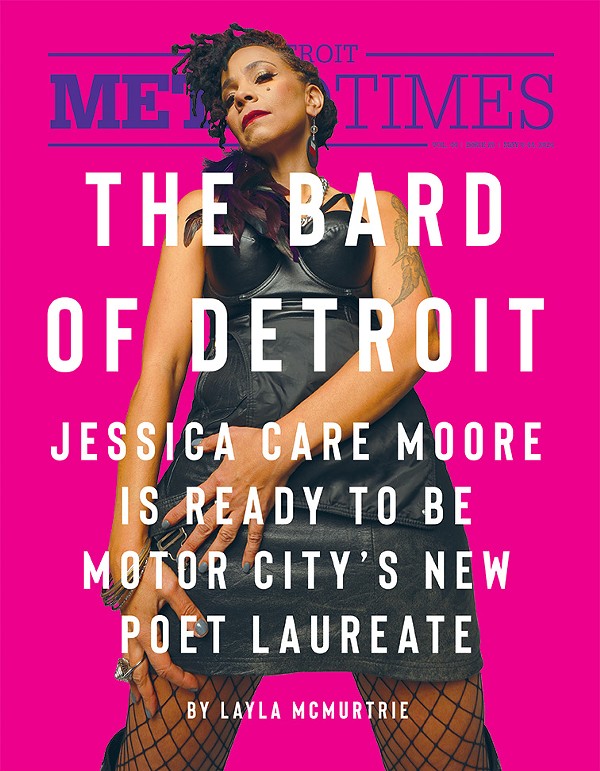Yeah, but we’ve got feather bowling — On the surface, it’s more bad news for Detroit. What would seem to be our greatest asset – the city’s creative and artistic wealth – is ranked near the bottom of the national barrel. Using a “creativity index” of his own divination, management professor and author Richard Florida ranks Motown at No. 39 of the 49 largest metropolitan areas.
If you buy Florida’s argument, the creativity index is both a mirror of how regions are faring today and a window on their futures. Cities such as Detroit and Florida’s hometown of Pittsburgh zoomed to the fore when manufacturing drove the economy and working-class jobs followed firms. In his book, The Rise of the Creative Class, he argues that the economy increasingly will be paced by places such as San Francisco, Austin, San Diego, Washington, D.C., New York and Minneapolis. These creative centers “are succeeding largely because creative people want to live there. The companies then follow the people — or, in many cases, are started by them.” The creative class ranges from “technology to entertainment, journalism to finance, high-end manufacturing to the arts.” Think yuppies flying freak flags.
Florida’s statistical fiesta has both better and worse news for Detroit. Of the 49 metro areas with populations exceeding 1 million, Motown ranked 22 on his Melting Pot Index, 24 on the Bohemian Index, 28 on the Composite Diversity Index, 45 on the Gay Index and dead last on the High-Tech Index. (Diversity and openness to gays, Florida says, are important indicators—gays are “canaries of the creative age.”)
Don’t despair, Florida, a Carnegie Mellon professor, tells News Hits in a phone interview. Just stop focusing on stadiums and downtown office complexes; think people climate, not business climate; harness creativity; realize that you’re “hipper, more creative” than Austin.
Instead of pushing Detroit as the home of General Motors and Ford, Florida says the city should tout Motown, blues, soul and “the new electronic music.” Which may sound trivial, but Florida contends that music binds a community and attracts creative types who increasingly live like tourists in their hometowns.
And buried in the statistics for metropolitan areas, adds Florida, is the Ann Arbor-University of Michigan powerhouse. Broken out separately, Ann Arbor becomes one of the nation’s creative leaders. “I’ve always thought that if you just thought of Detroit as centered or re-centered around Ann Arbor, you’ve got a thriving place,” he says.
Sections from Florida’s book, links to data and more can be found at www.creativeclass.org.
W. Kim Heron is Metro Times managing editor. Send comments to [email protected].




